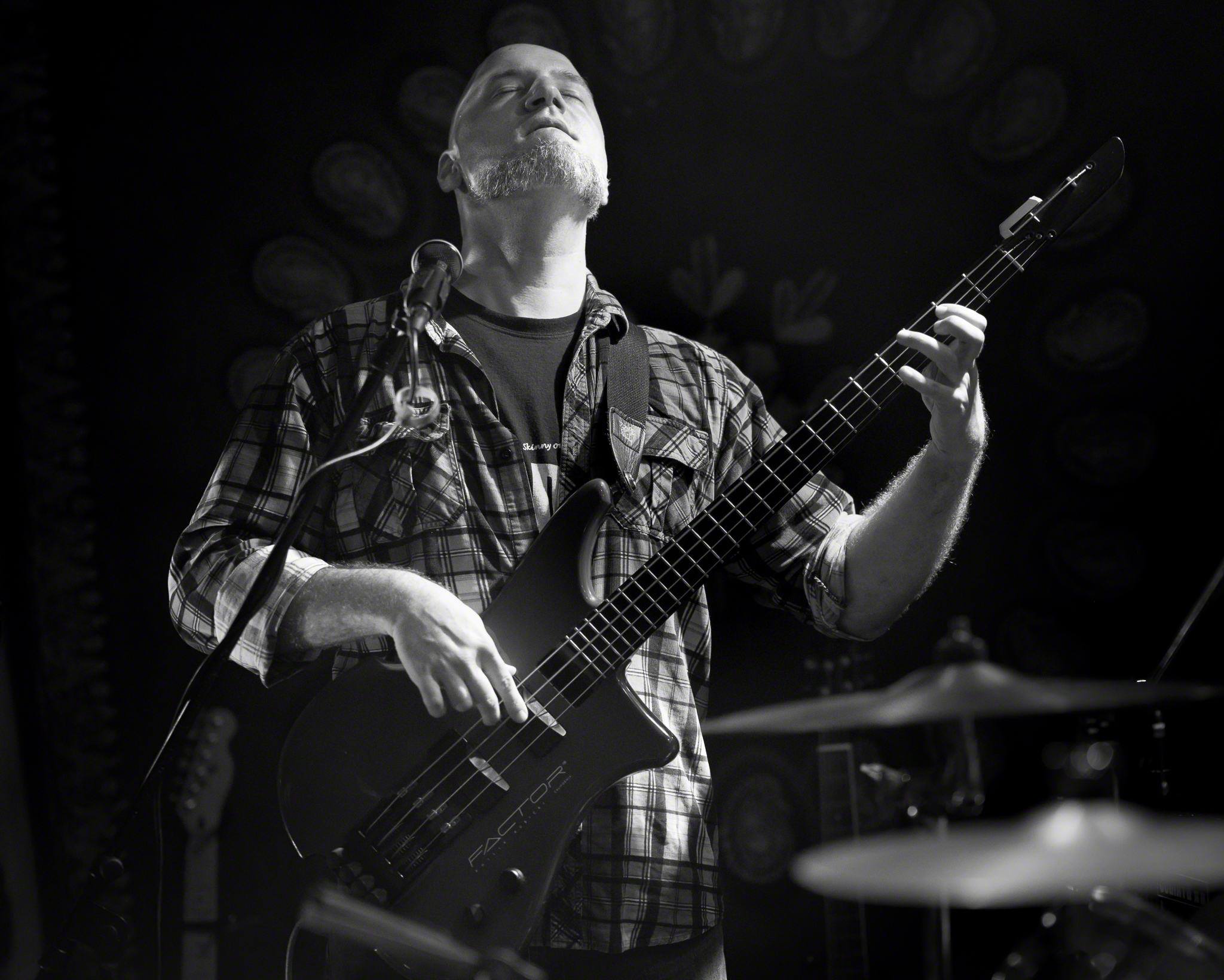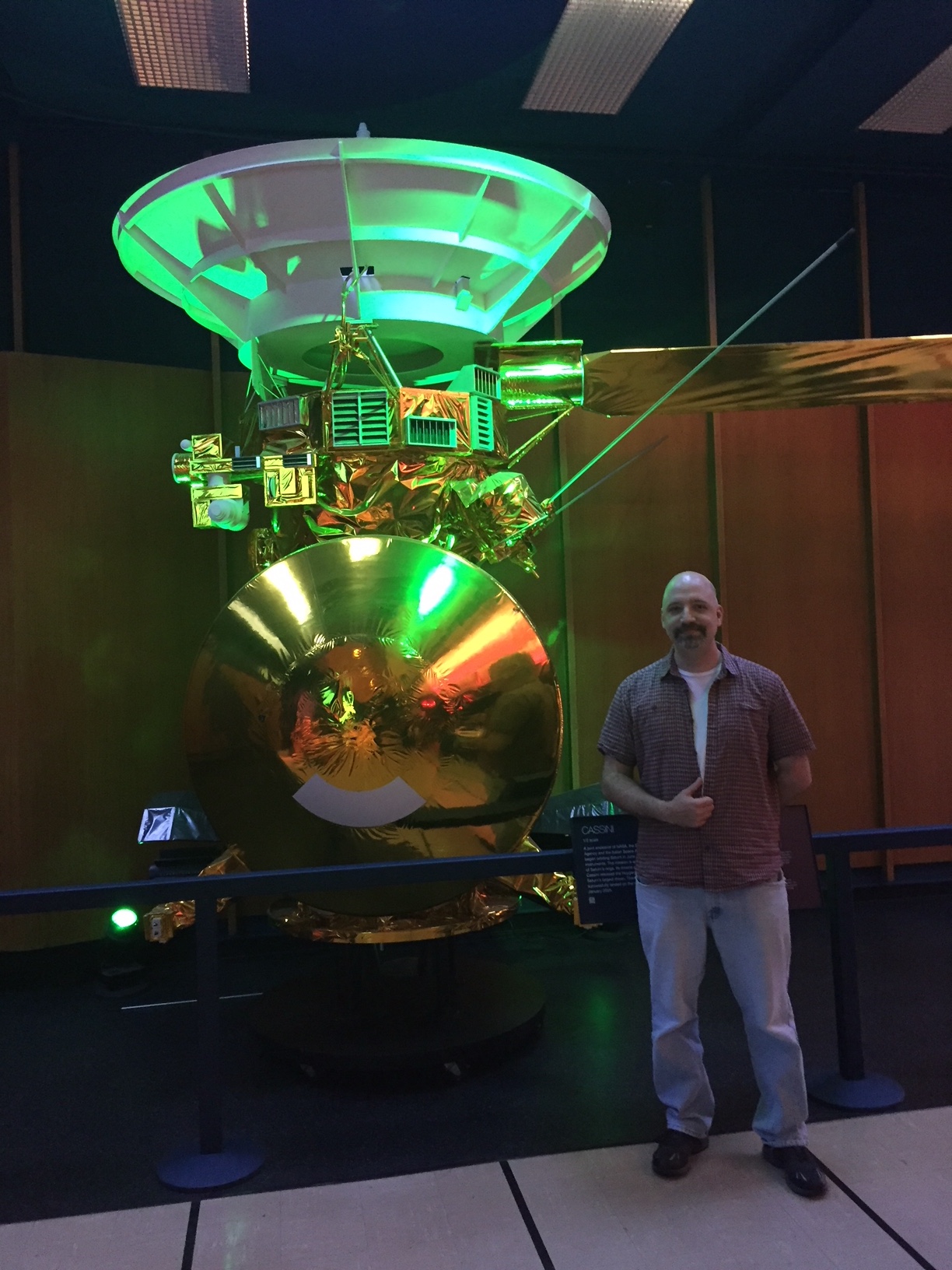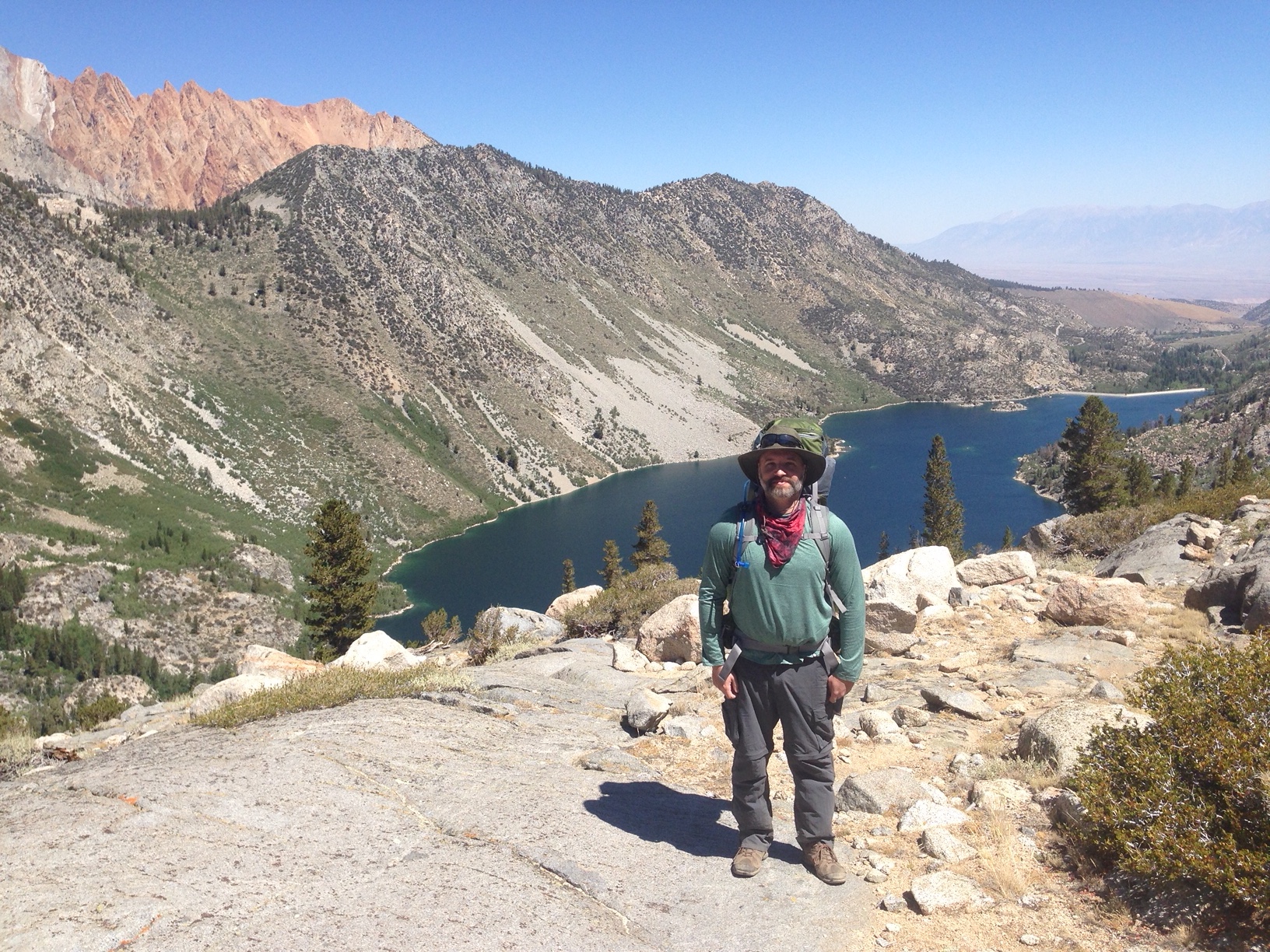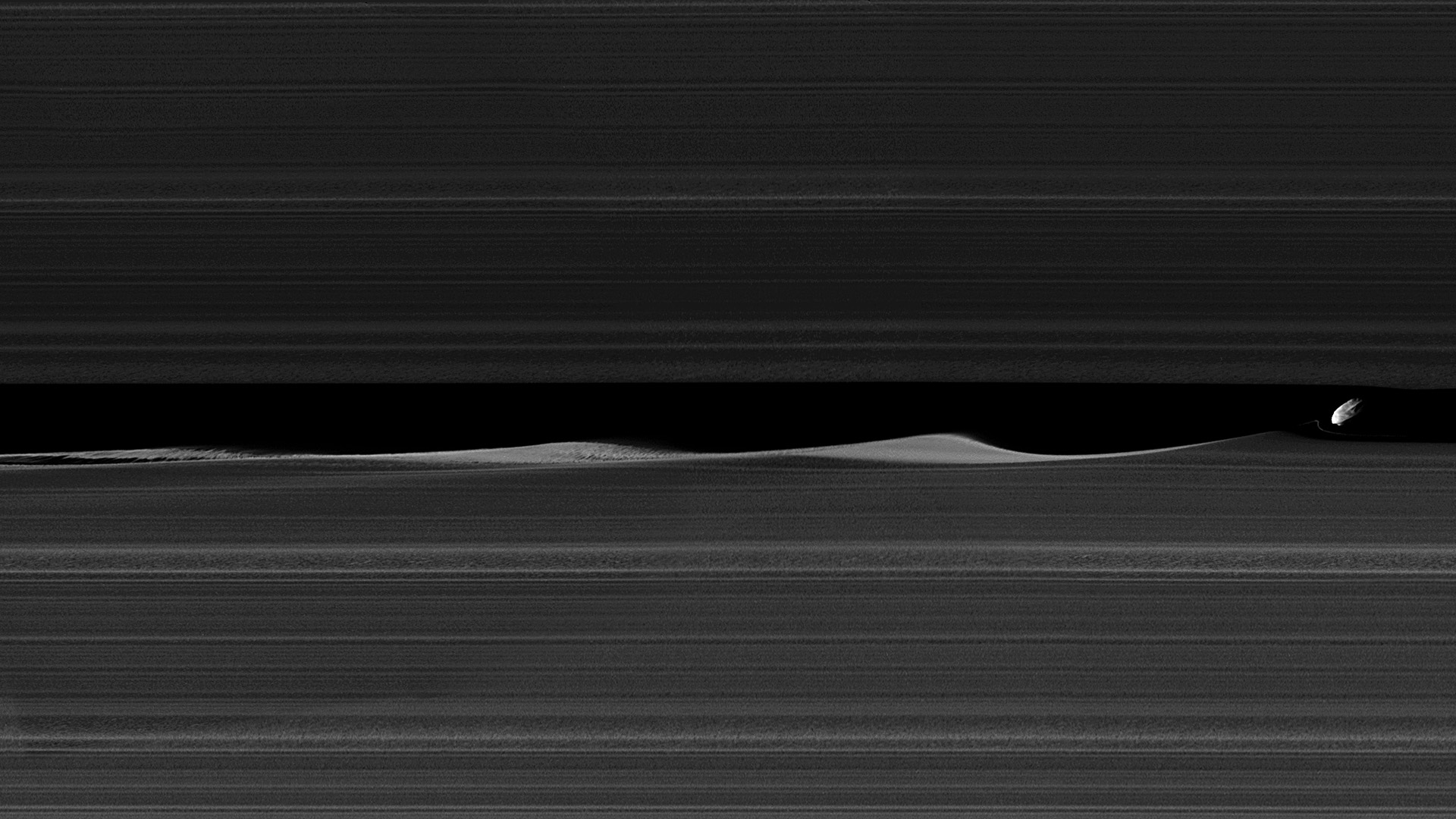
Warren Kaye
Software Engineer
I was born in Brooklyn, New York, but moved with my family to the San Francisco Bay Area when I was eight. After graduating high school, I moved to Los Angeles to study music. After 20-plus years in Southern California, I consider Los Angeles my home.
It probably started in the early ‘80s for me, a time when space exploration was a very big deal. With the commercial success of the first Star Wars and Star Trek films, and the early successes of the Space Shuttle program, I was completely enamored with space exploration as a kid. I had this book—"The Space Shuttle Operator's Manual"—that detailed the interior of the Shuttle and described day-to-day operations of its crew, and I read it front to back, several times. Later, in the summer before 8th grade, I had the good fortune of attending Space Academy in Huntsville, Alabama.
My path to this career was by no means a straight line. I started out as a professional musician after attending the University of Southern California for a jazz major and a Japanese minor, and I spent several years playing bass for various rock, jazz, swing, rap, and reggae groups. Between gigs, I had some free time on my hands, so I started taking computer programming classes at Santa Monica Community College. Some time later, I transferred to California State University Northridge (CSUN) and enrolled full-time. But the idea of working as a programmer in the aerospace industry really began when I first talked to JPL recruiters at CSUN's career fair. For my senior year project, I joined the flight software team of CSUN's first CubeSat project, CSUNSat1, which carried a payload from JPL. Ultimately, I was referred by a friend of mine from CSUN who was already working as an intern here.
I'm a software engineer at NASA's Jet Propulsion Laboratory, and have worked here for about four years. For the first couple of years, I performed software maintenance and repository management of sequence planning tools for the Cassini mission's Grand Finale at Saturn, and provided temporary assistance maintaining other multi-mission tools. Over the past year-and-a-half, I've been developing flight software for the Lunar Flashlight, NEA Scout, and Psyche missions.
On an average day, I'm either implementing new features of our satellites' software components, modifying unit-tests for these features, writing system-level tests, or updating documentation. And attending meetings, of course.

Every project at JPL that I've been on has been an awesome learning experience and deeply satisfying. If I had to pick one, I'd have to highlight the CubeSat missions, called Lunar Flashlight and NEA Scout (which share several software components). Because these are smaller projects, we've ended up wearing many hats. The members of my team are all very talented software engineers in their own right, and I've learned a ton just by working alongside them.
I admire people who dedicate themselves 110 percent to what they do—people like the recently deceased Stephen Hawking, who rose above his own physical limitations to develop new scientific theories, or Frank Zappa, who was able to produce something like 50 albums worth of music over a 20-year span.
Get a computer science degree and get the best grades you can in every course. That's an essential first step for getting your foot in the door anywhere, but don't stop there. Always be on the lookout for ways to go beyond, to test your skills in a collaborative work-like environment, like participating in hackathons or internships. In class, you will learn important software engineering theory and best-practices, but there are other skills and insights necessary for success in the workplace that you'll only gain after having worked with a diverse set of teams with different approaches to software engineering. The more of those experiences you have before graduating, the better off you'll be in the long run.

In my free time I play bass in a ‘70s progressive-rock cover band in Redondo Beach, the Wonderful-Time Fun Band. We perform once a month or so (we do a mean cover of "Space Truckin'" by Deep Purple). And whenever I need to get away from the city—once a year or so—I like to go backpacking in the Sierras for a few days.
Some of my past exploits as a musician live forever on the internet. Somewhere on YouTube there's a video of me, wearing a ghillie suit, playing upright in a hip-hop concert.

In early 2017 the Cassini spacecraft caught some detailed images of Saturn's moon Daphnis as it moved through Saturn's rings. You can see these wave-like ripples in its wake—but also the swell of a wave in front of it. Turns out the ripples are caused not by winds or pressure, but by gravitational interaction between Daphnis and the ring particles. The images that I've seen are raw, non-colorized versions, but in spite of that there's this feeling of elegance, in a geometric sense. I dig it.
Planetary science is a global profession.

